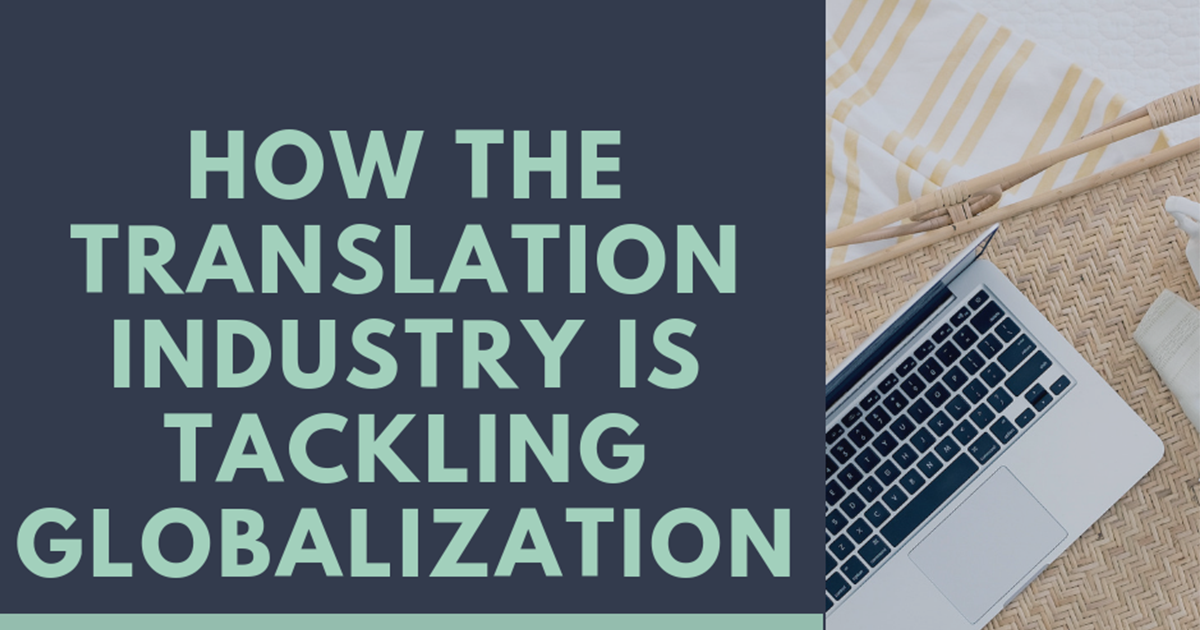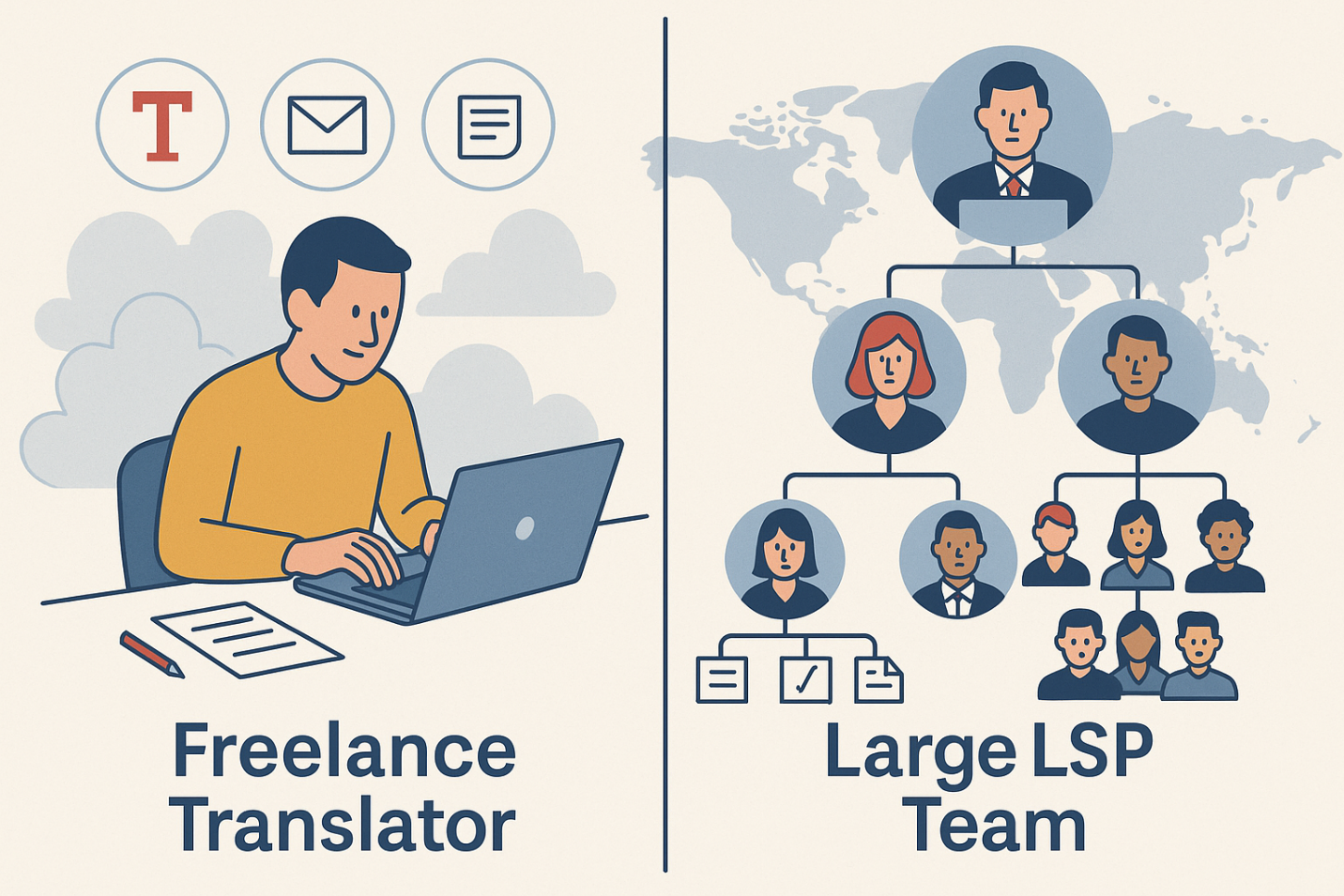
Globalization has become something of a buzzword today, everyone raves about its importance, and no one want to feel as though their business isn’t ahead of the curve, thinking ahead, never the ones left behind. With this new wave of digital connectivity sweeping across the globe, so too has the demand for translation and localization services increased exponentially. Even he big players in translation have jumped on board, there’s money to be made with more multinational corporations than ever before seeking to build new relationships with their local markets, swapping ‘big brand’ images for a more soft, personalized approach for each locale. Of course, with the trend moving towards globalization, the translation industry as a whole benefits, right? However, there is room for doubt, it’s difficult to be sure of the best strategies for globalization, to make it work for your business. How do you make sure your agency doesn’t drown in the rising tide of big player globalization? With the ever growing prominence of two way, instant, digital communication in our daily lives, the needs of translation buyers are shifting to reflect this.
Innovation in Communication
We’re seeing more focus on innovation in the sector of Machine Translation with new technologies being developed every day. Neural Neural machine translation (NMT) uses huge computer powered neural networks to predict the accuracy of translations. AI technology is making huge leaps and bounds for the availability of fast, reliable and on-the-go translation/interpreting services for end users; Microsoft’s Translator App has recently been purported to be able to translate from chinese to english as accurately as a human, by using user feedback input to increase accuracy and help the system understand idiosyncrasies for future reference. Facebook have also implemented their own AI based translation tool, with their ‘Rate this Translation’ function for user interaction, ultimately teaching the NMT in real time to enhance both translation efficiency and accuracy across the site, enabling more cross language communication than ever before.
The Big Players in Translation
The move towards globalization among the biggest names in the translation industry is plain to see, with many of the larger players either being bought last year or, in strategic moves, merging with other agencies or even new businesses. According to econtentmag.com, LanguageLine Solutions, Welocalize, Lionbridge and Pactera have all seen movement like this.
The big translation service providers ae experiencing increasing demand for more service based translations, localization and interpreting. By building ongoing partnerships that allow for continuous adaptation, review and updating they are doing what is now required from an industry, that, before now, was just a step along the globalization path, but has fast become an integral part of daily life for any international business, not to mention marketing success.
Systems as a Service
Likewise, the technology sector has also had to re-evaluate where the most market value lies in this changing space. While MT advancements continue to be developed, the benefits currently are mostly for the casual user, professional translation needs still require the human touch. In that vein, the emphasis is shifting from demand for just software to a preference for service based systems, with ongoing support offerings and continuous innovation to help keep translation businesses, and thus their end clients, ahead of the game.

.png)

.png)

